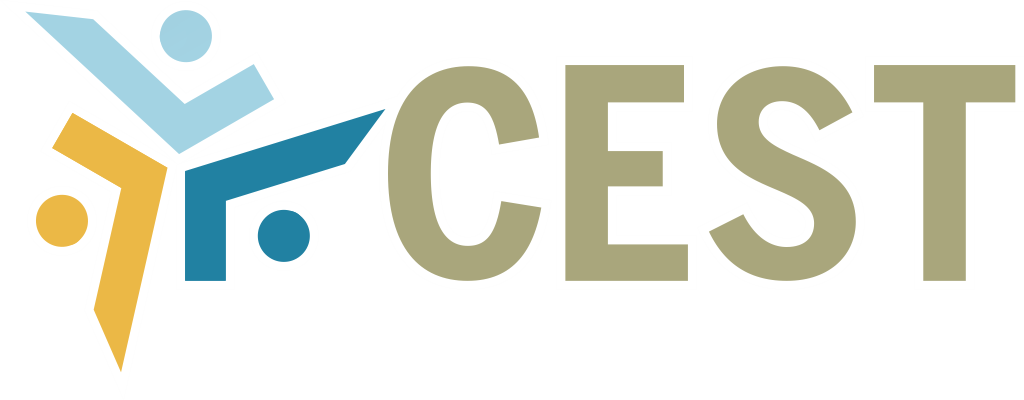– September 28, 2020 –
Dr. Christian M. Stracke is Associate Professor for Open Education and ICDE Chair in OER at the Faculty of Educational Sciences of the Open Universiteit of the Netherlands (OUNL) (www.ou.nl). He gained extensive experience in leading large scale research projects (more than 100 projects with more than 50 Mio EUR budgets) and his main research and working fields are Open Education, technology-enhanced learning, competence building and impact assessment.
1. The availability of OERs repositories for all disciplines have grown in the last years. However, they are not so often used by teachers and professors of public and private higher educational institutions to complement their classes. Do you agree with this statement?
Indeed, many teachers, professors and educators are not aware of the available OER repositories. That is valid for educators in public and private higher educational institutions but also in schools as well as for all learning providers. The OER repositories are simply not used as they are not well known. If you introduce them to educators, they are surprised and impressed by their size and diversity. Therefore, we have started two large scale projects with the kind support by the European Union to inform and train teachers: Open Discovery Space (ODS, see: www.opendiscoveryspace.eu) and Inspiring Science Education (ISE, see: www.inspiring-science-education.net). These two projects were the largest European projects ever (with more than 25 Mio. Euros budget) for introducing OER and technology-enhanced learning (also called E-Learning) and achieved huge impact: More than 1 Mio OER were created and collected and more than 15.000 teachers from more than 5.000 schools were trained and involved in more than 2.000 online communities organized and led by the teachers themselves. However, it was just a first step and much more needs to be done to increase the awareness and usage of OER by teachers and educators. You can find an overview of the current state of the art on OER and Open Education in general in one of my journal articles from 2019: www.doi.org/10.19173/irrodl.v20i2.4213
2. Do you believe the use of OERs increased during the pandemic period? Why? By whom?
Yes, definitely due to the immediate requirements and changes towards distance and online learning: Next to many reports and studies about practical implementations and solutions, I personally as online learning pioneer since more than 20 years have made the experience receiving many questions how to design and introduce online education. Thus, I have developed short introductions for beginners of open online courses (see: www.mooc-quality.eu/online-courses-checklist-beginners) as well as for experts (see: www.mooc-quality.eu/online-courses-quality-criteria-experts). The same happened with my whole university, the Open Universiteit of the Netherlands (OUNL, see: www.ou.nl): Established in 1984, the OUNL is the only public online university in Central Europe and was contacted by educators from other universities and schools. Therefore, the OUNL has set up a special website with introductions, tools, tips and tricks: www.ou.nl/web/ddguide
3. What should be done to make academics aware of OERs use to facilitate their teaching approaches?
Next to offering training as already mentioned before, it is most beneficial and necessary that OERs and their benefits are becoming part of educational policies. First countries like the Netherlands, Slovenia, Finland, Canada, South Africa, Philippines and Malaysia have already started but much more is required. And the general support has to be combined with regional and national and finally global initiatives and infrastructure projects. Equipment and internet connectivity are still a problem in several parts of the world. Finally, it is not only about awareness and availability of OERs but their effective usage in innovative and high quality learning design and opportunities is even more important and challenging. Therefore, quality initiatives like UNESCO’s framework for Media and Information Literacy (MIL, see: https://en.unesco.org/themes/media-and-information-literacy) and MOOQ on the quality of open online courses (see: www.mooc-quality.eu) are crucial for awareness raising and increasing OER usage.
4. Do you believe professors in general are more flexible nowadays to sharing their work with the academic community?
Unfortunately not, teachers and in particular academics are under much more pressure to reach formal and organizational objectives and to demonstrate fulfilment of the demanded and increasing curricula. On the other hand, movements for open education and open science are growing during the last decades and we see many grass root initiatives like ICORE (see: www.icore-online.org) as well as international organizations like Open Education Global (former OE Consortium, see: www.oeglobal.org) and Creative Commons (CC, see: www.creativecommons.org) that are bringing together the academic community and sharing own work and results with open and free access. I have just published an overview on the history, current situation and mutual benefits of Open Education and Open Science (“Open Science and Radical Solutions for Diversity, Equity and Quality in Research: A Literature Review of Different Research Schools, Philosophies and Frameworks and Their Potential Impact on Science and Education”), of course openly and freely available at: www.doi.org/10.1007/978-981-15-4276-3_2
5. Are copyrighted materials still more searched for than open licensed materials? Why?
That is simple to answer: No. We see a huge increase just in the amount of OERs and the advantage of their free access and comparison is evident. And the establishment of Massive Open Online Courses (MOOCs) has led to millions of beginners in online learning globally and the numbers of MOOC courses and learners are constantly increasing every year until today (see: www.doi.org/10.5281/zenodo.3598418). The question whether MOOCs can be considered as OERs is only theoretical and solved (see: www.doi.org/10.5944/openpraxis.11.4.1010): Relevant is the influence of MOOCs to introduce online learning to broad masses worldwide.
6. Buying commercial textbooks whether digital or print may not be possible for many students with financial problems especially now with the pandemic crisis. Shouldn´t educational institutions support and advertise for the use of OER to engage teachers and students in their teaching and learning processes?
Yes, definitely. Students should not be hindered by the costs of textbooks to study as well as any life-long learner. Also children in school education should have free access to textbooks and learning materials as many parents cannot afford to buy them. We need global alliances to facilitate such free textbooks and learning materials as OERs in all subjects, topics and all regions worldwide.
7. Is OER here to stay?
Of course, no question. The benefits are obvious and we will find a good solution for all organizational, infrastructure and quality issue in global collaboration.
8. What other considerations can you make about OER? Limitations? Challenges to come?
I do not see limitations for OERs, just the contrary: If we all collaborate and address and support their awareness, availability and quality, there is no limit for the OER usage. There could be one challenge in the future but a very positive one: UNESCO has approved and published the OER Recommendation in 2019 after several years of development and consultations (see: www.opening-up.education/history-adoption-and-implementation-of-unesco-oer-recommendation). It is the first UNESCO policy on online learning and is adopted by all 193 member states of UNESCO. It demands from all countries to annually report on the current usage and future objectives of OERs. That can challenge countries to invest more in OERs and related policies and support instruments but that is a very positive need in my opinion.
 English
English Português
Português

